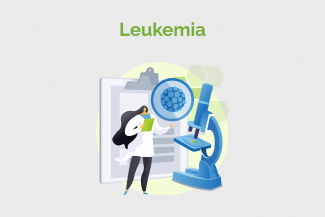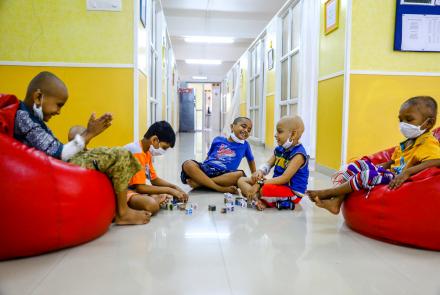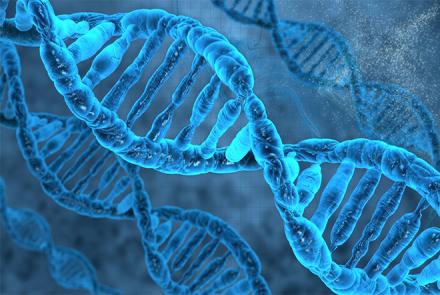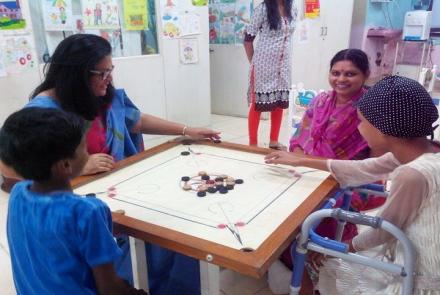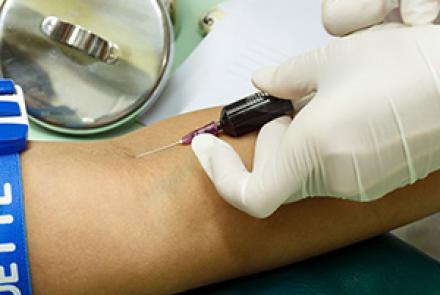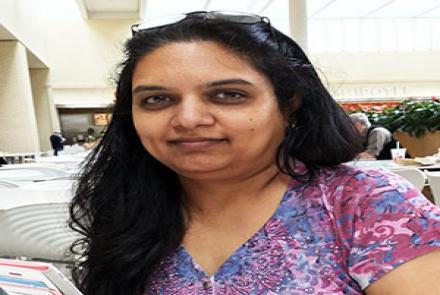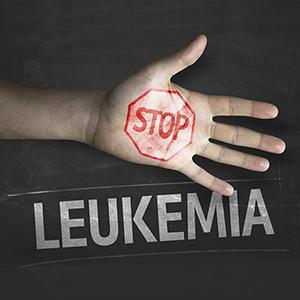
What are the types of leukemia?
There are several classification systems for classifying leukemia. However, based on degree of disease progression, the two major forms are acute and chronic.
Acute leukemia is fast-growing and can overwhelm the body within a few weeks or months. The new cells, called blasts (immature WBCs) cannot perform normal physiological functions. Due to longer life span, these cells continue to rise in circulation.
Chronic leukemia in contrast progresses slowly. The blood-forming (hematopoietic) cells of acute leukemia remain in an immature state, and reproduce and accumulate very rapidly. In chronic leukemia, mature blood cells are present in bloodstream much longer than the normal white blood cells and perform some of their functions but not all functions, hence are unable to combat infection. The cells grow more slowly, and the number increases less quickly, so the disease progresses gradually.
Leukemia is also classified according to the type of affected cell-types. If the white blood cells that are abnormal belongs primarily to granulocytes or monocytes, the leukemia is categorized as myelogenous or myeloid leukemia. On the other hand, if the abnormal blood cells arise from bone marrow lymphocytes, the cancer is called lymphocytic leukemia. Of importance, combining these two classification system the four major types of leukemia are:
a. Acute lymphocytic leukemia (ALL)
b. Acute myelogenous leukemia (AML)
c. Chronic lymphocytic leukemia (CLL)
d. Chronic myelogenous leukemia (CML)
Acute Lymphocytic Leukemia (ALL)
Acute lymphocytic leukemia (ALL) is a type of cancer in which the bone marrow makes too many lymphocytes, which is a type of white blood cell. Acute lymphocytic leukemia, which is also called acute lymphoblastic leukemia, had 1.7 per 100,000 new cases per men and women per year. . ALL is largely a paediatric disease, usually appearing in children who are under 10 years of age. Although ALL is the most common type of leukemia in young children, with an early peak at the age of 3 to 4 years, it can also affect adults. The number of new cases of leukemia was 13.8 per 100,000 men and women per year.
In acute lymphocytic leukemia, the lymphocytes are not able to fight infection very well. The number of lymphocytes increases in the blood and bone marrow. There is less room for healthy white blood cells, red blood cells and platelets. This may cause infection, anaemia and easy bleeding. Acute lymphocytic leukemia can also spread to the central nervous system (brain and spinal cord).
Acute Myelogenous Leukemia (AML)
AML is the most common type of leukemia, affecting nearly 4.3 in every 100,000 people each year in the world. In AML, the stem cells usually develop into a type of white blood cell called myeloblasts (or myeloid blasts).The myeloblasts (or leukemia cells) are abnormal and do not mature into healthy white blood cells. Leukemia cells are unable to do their usual work and can build up in the blood and bone marrow so there is less room for healthy white blood cells, red blood cells, and platelets. This may lead to infections, anaemia, or easy bleeding. The leukemia cells can spread outside the blood to other parts of the body, including the central nervous system (brain and spinal cord), skin, and gums.
Chronic Lymphocytic Leukemia (CLL)
Chronic lymphocytic leukemia (also known as CLL) is a type of cancer in which the bone marrow makes an abnormal number of lymphocytes (a type of white blood cell). Also known as chronic lymphoblastic leukemia, this is the most common chronic type of leukemia seen in adults, affecting 4.7 per 100,000 men and women per year. In chronic lymphocytic leukemia, too many stem cells develop into a type of white blood cell called lymphocytes. Various types of lymphocytes include:
- B lymphocytes that make antibodies to help fight infection
- T lymphocytes that help B lymphocytes make antibodies to fight infection
- Natural killer cells that attack cancer cells and viruses.
With chronic lymphocytic leukemia, the lymphocytes are not able to fight infection very well, and as the number of lymphocytes increases in the blood and bone marrow, there is less room for healthy red blood cells, white blood cells and platelets. This may lead to infection, anaemia, and easy bleeding.
Chronic Myelogenous Leukemia (CML)
Chronic myelogenous leukemia is a form of cancer in which the bone marrow makes too many white blood cells. In most of the cases, it may be a genetic mutation called the Philadelphia chromosome. Common symptoms of this condition include night sweats, tiredness and fever. Chronic myelogenous leukemia usually occurs during middle age or after middle age and rarely occurs in children. It accounts for 1.8 per 100,000 new cases and men and women worldwide over a year.

